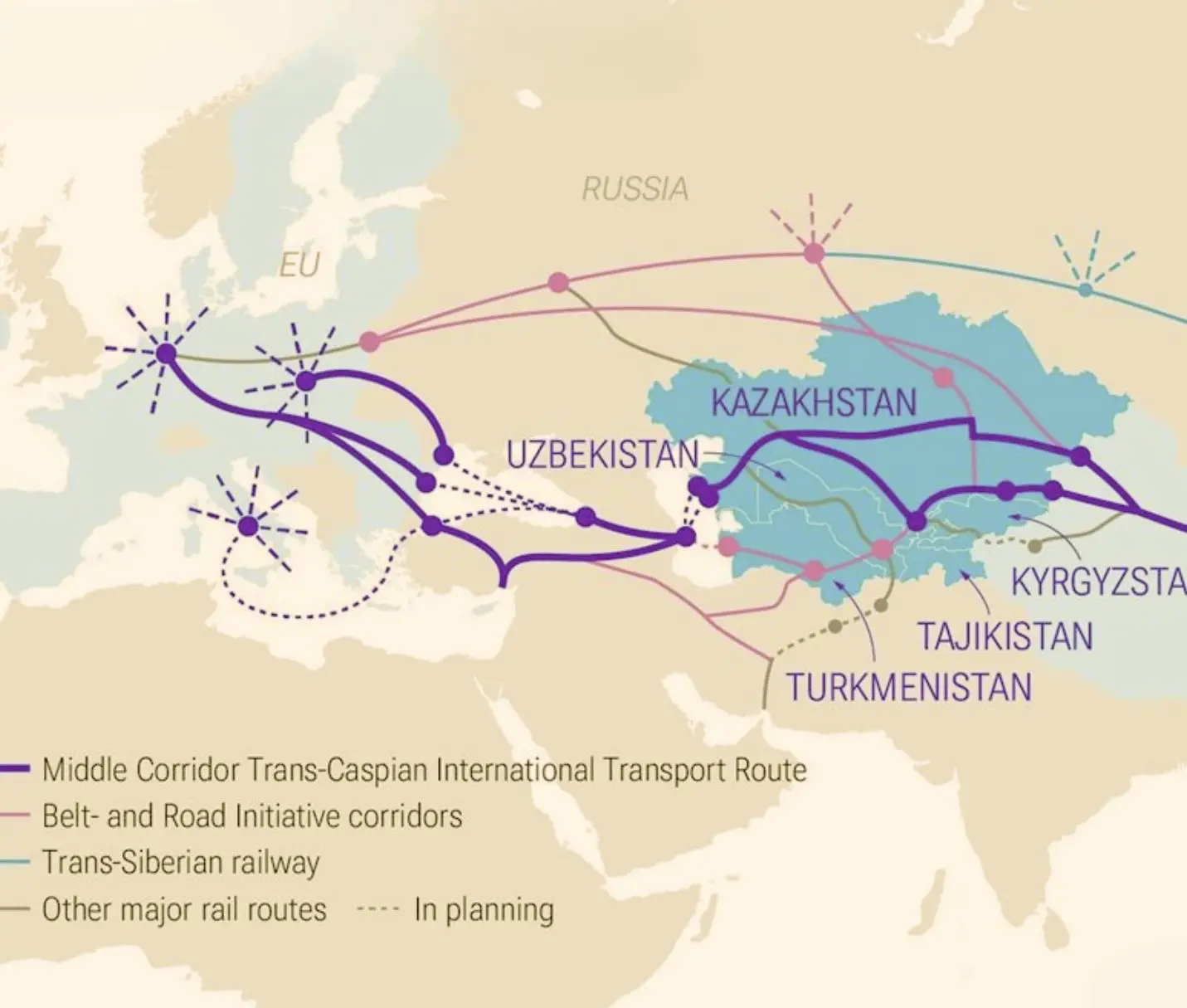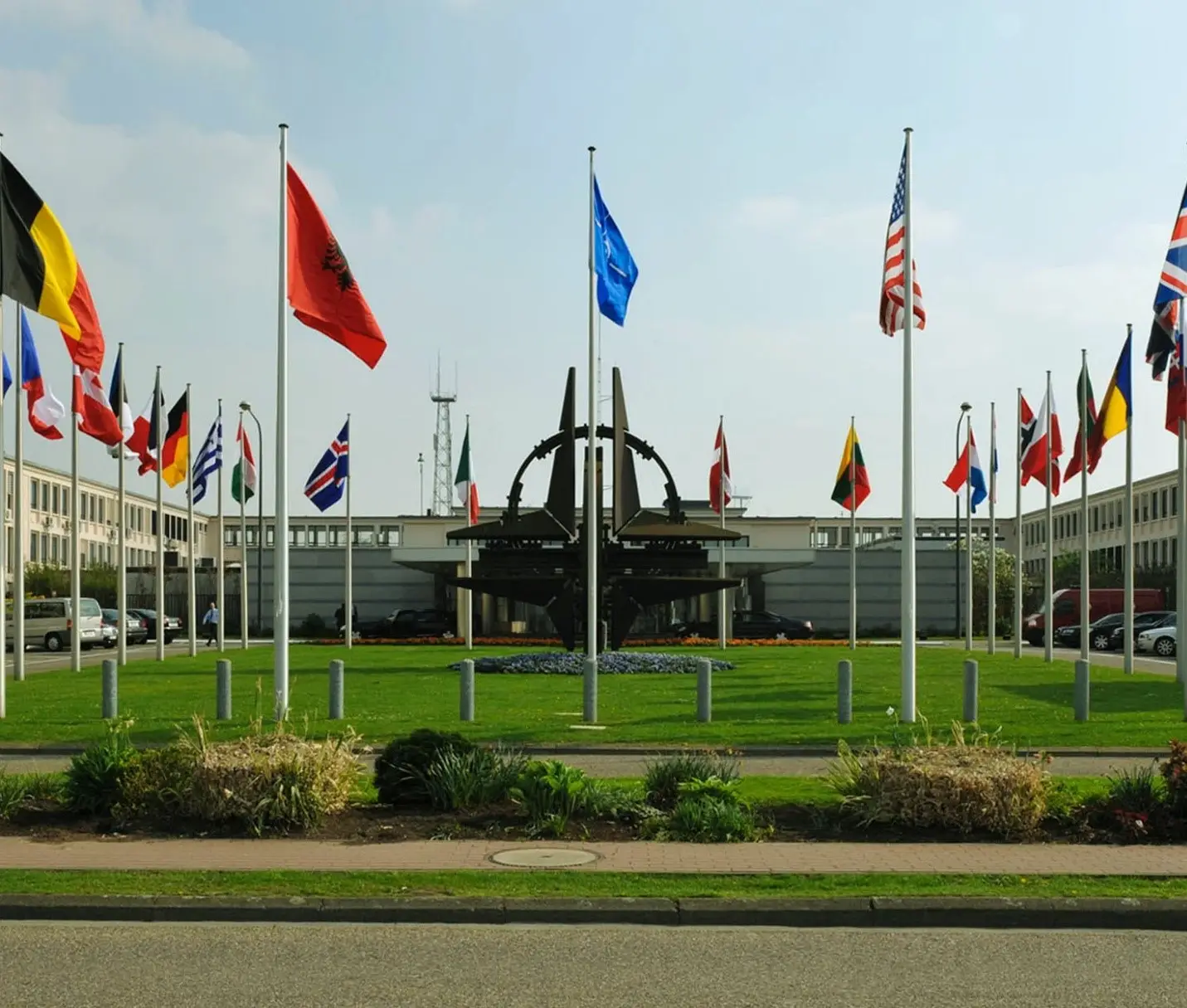In the third decade of the 21st century, the international competition for dominance has taken a dramatic turn. Where missiles and tanks previously marked the borders of global confrontation, the battlefield of today is defined by semiconductors, the tiny chips that animate smartphones, driverless cars, and the ubiquitous digital infrastructure of everyday life. At the center of this new global competition is a single technological revolution: artificial intelligence.
The rivalry between the United States and China is no longer limited to trade tariffs or naval deployments; it is now more and more fueled by the quest for dominance in AI hardware. In particular, chips intended for deep learning and neural networks have become the crown jewels in this competition. These advanced processors, which can perform the sophisticated algorithms that support contemporary AI, are not only drivers of economic creativity but also are the foundations of military planning, surveillance capacities, and cyber security.
What is happening is not simply a competition for market hegemony. It is a battle for geopolitical power. Command over the evolution, production, and deployment of AI chips is becoming an indispensable determinant of national power, international influence, and strategic security. While countries are spending billions of dollars on research, fabrication, and supply chain hardening, the world stands at the brink of a new Cold War, but not waged with bullets and bombs, yet silicon and code.
Silicon: The New Gold
Semiconductors are the lifeblood of modern technology. These tiny pieces of silicon serve as the engines driving artificial intelligence systems, cloud computing infrastructures, and vast networks of data centers. The chips most commonly used to power AI, from Nvidia’s A100 to Google’s Tensor Processing Units, are engineered to handle the immense data processing demands of machine learning algorithms that are rapidly transforming entire industries. Without these advanced processors, the AI revolution simply would not exist.
The economic implications are equally profound. According to projections by PwC, artificial intelligence is expected to contribute an astonishing $15.7 trillion to the global economy by 2030. These chips are already enabling breakthroughs across a broad spectrum of sectors, from medical diagnostics to financial analysis. Yet their significance extends far beyond commerce or innovation. Their influence on the global balance of power is becoming increasingly apparent.
As the world accelerates toward an era defined by AI-driven capabilities, dominance over semiconductor technology will become synonymous with geopolitical influence. The nations and corporations that control the design, production, and distribution of these critical components will not merely shape technological progress. They will define the architecture of global power in the decades to come.
The U.S. vs. China: A Battle for the Silicon Throne
For years, the United States has dominated the advanced semiconductor industry, with companies like Intel, Nvidia, and AMD leading the AI chip market. But China’s growing technological ambitions, driven by its Made in China 2025 initiative, have challenged that dominance, pushing for self-reliance in high-tech sectors including semiconductors.
In response, the U.S. has imposed strict export controls on advanced chips over concerns about their potential military use. In 2022, Washington banned Nvidia from selling its most powerful AI chips, including the A100 and H100, to China, citing national security risks.
These restrictions come at a cost. Nvidia, heavily reliant on the Chinese market, is now caught between U.S. security interests and China’s relentless demand for AI hardware. Despite the curbs, Beijing continues its pursuit, turning to alternative suppliers or developing its own advanced chips.
China’s DeepSeek: A Silent Revolution
Amid escalating U.S.-China tech tensions, China’s AI startup DeepSeek has become a symbol of strength under pressure. Started by Liang Wenfeng, DeepSeek has created AI models on par with Western tech giants, all while facing restrictions on access to high-end chips due to U.S. export controls.
Interestingly, DeepSeek did this with fewer and less complex processors, showcasing China’s increasing capability to innovate and adapt under limitations. According to reports, access to Meta’s open-source Llama model contributed to the success of DeepSeek, leading to fear in the United States that open-source platforms might be unknowingly driving China to advance its AI capabilities.
At the center of this development is an AI accelerator BR100 from the Chinese company Biren Technology, used to power DeepSeek’s models. Intended to undertake work akin to Nvidia’s A100, it is China’s strategic response to Western sanctions and a step toward decreasing reliance on U.S. technology. With encouraging performance in AI training benchmarks, the chip has enabled China’s AI industry to grow autonomously, driving innovations in fields ranging from autonomous vehicles to national security.
Far from merely copying off others, DeepSeek is part of a wider initiative to establish China’s own AI infrastructure. While the United States was closing down exports, China quietly prepared the foundation for an independent AI ecosystem. When Washington finally caught on to how much progress had been made, China had already overcome major technological barriers and positioned itself as a credible challenger to U.S. leadership in the AI race.
AI Chips as Weapons of War
The concern of the U.S. government is not only about China catching up with the AI race—it’s about national security. The most sophisticated AI systems not only end up in consumer products but are even instrumental to military purposes, like predictive algorithms, autonomous weapons, and surveillance systems.
The increasing incorporation of AI into military strategy is a prime concern. With AI becoming irreplaceable in warfare, nations such as the U.S., China, and Russia are pouring money into AI research to get an edge. Semiconductors thus make up the intangible backbone of this new technology arms race.
The danger is real. The AI military capabilities of China, powered by domestic companies like DeepSeek and local chips such as Huawei’s Ascend 910C, may be a game changer. This is not merely competition for AI global leadership but military supremacy in the 21st century. Attuned to high stakes, America has increased efforts to suppress Chinese technology firms such as Huawei that depend on advanced chips for 5G and AI.
The Global Supply Chain: A Battleground of Its Own
The world semiconductor supply chain has emerged as a pivotal battlefield in the new technology competition between China and the United States. Taiwan’s TSMC, the world’s leading chipmaker for decades, has been producing more than half of the world’s supply, including chips crucial to cutting-edge AI systems. Intel and Samsung have also had significant roles to play in defining this high-stakes environment.
Recent times have, however, revealed the vulnerability of this supply chain. The COVID-19 pandemic, increasing geopolitical tensions, and natural calamities have intercepted production and revealed the deep reliance of the global economy on a few producers.
The United States has in turn responded by diversifying its chip supply, heavily investing in local manufacturing. A prime example is Intel’s $20 billion factory in Arizona, as part of a broader effort to take the lead again in chip manufacturing. China has meanwhile stepped up efforts to establish an independent semiconductor industry, so as not to be hit by future disruptions and to lower dependence on foreign technology.
The Road Ahead: Who Will Control the Silicon Future?
The future of global AI leadership will probably depend on who makes and controls the most sophisticated semiconductors. While the United States and China keep competing with each other in a bid for technological dominance, nations such as India, South Korea, and Japan are rising to become emerging contenders in this high-stakes game.
Semiconductors have developed from economic resources to strategic tools of geopolitical power. While the United States and China are moving towards technological decoupling, the rivalry is spreading beyond bilateral competition. More countries are joining the fray, each trying to find a place in the essential world of chip manufacturing.
Finally, the silicon chip could become the most potent weapon in this new age of geopolitical conflict, one being fought on a battlefield that is measured in nanometers.

Arfa Khan is a researcher with an MPhil in American Studies from Quaid-i-Azam University, Islamabad. Her academic and professional expertise includes Artificial Intelligence, Sino–U.S. relations, and world politics, with a nuanced understanding of contemporary international dynamics and emerging technological paradigms.




